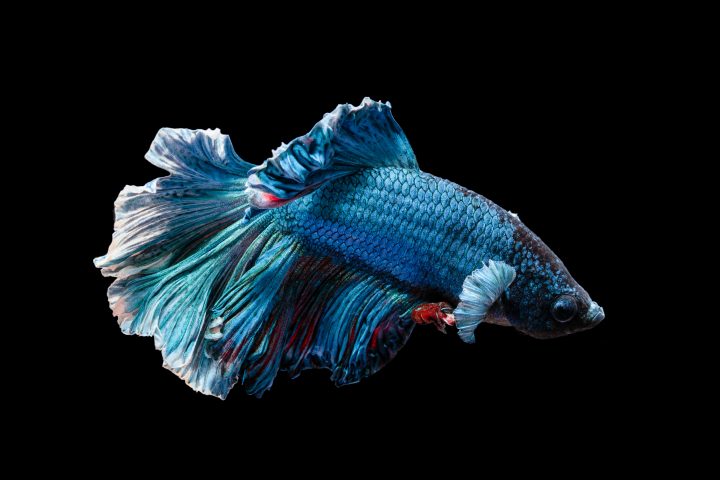Robust biomaterial from Beihang University uses a mixture of silkworm silk and a polymer matrix to create a durable, biocompatible material.
Benefits
- Biocompatible
- Increased efficiency
- Durable
- Versatile
Applications
- Medical implants
- Composite materials
- Manufacturing
UN Sustainable Development Goals Addressed
-

Goal 3: Good Health & Wellbeing
-

Goal 12: Responsible Production & Consumption
Bioutilization
- Silkworm silk
The Challenge
Many people need surgical implants throughout their lifetime for a variety of medical reasons. Each time a foreign material is implanted into the human body, it risks incompatibility and rejection. Furthermore, many materials can become uncomfortable, causing irritation over time that can lead to further complications.
Innovation Details
The composite material is made from silkworm silk and a matrix such as epoxy. This mixture creates a laminate material with inherent biocompatibility. The silk’s long fibers are able to more evenly distribute mechanical stresses throughout the durable epoxy. The material can be cut and formed into different shapes and sizes.

Biological Model
Silkworm silk is made of stretchable fibers approximately 5,000 feet long. Having a single, long fiber enables the material to more effectively distribute mechanical stress than several shorter, individual ones.




